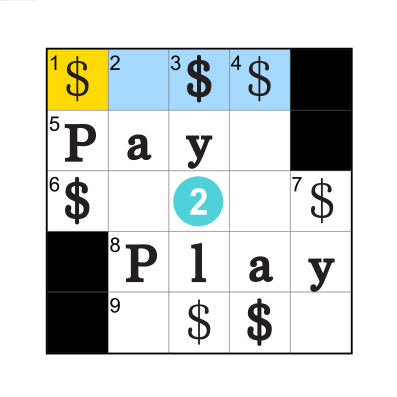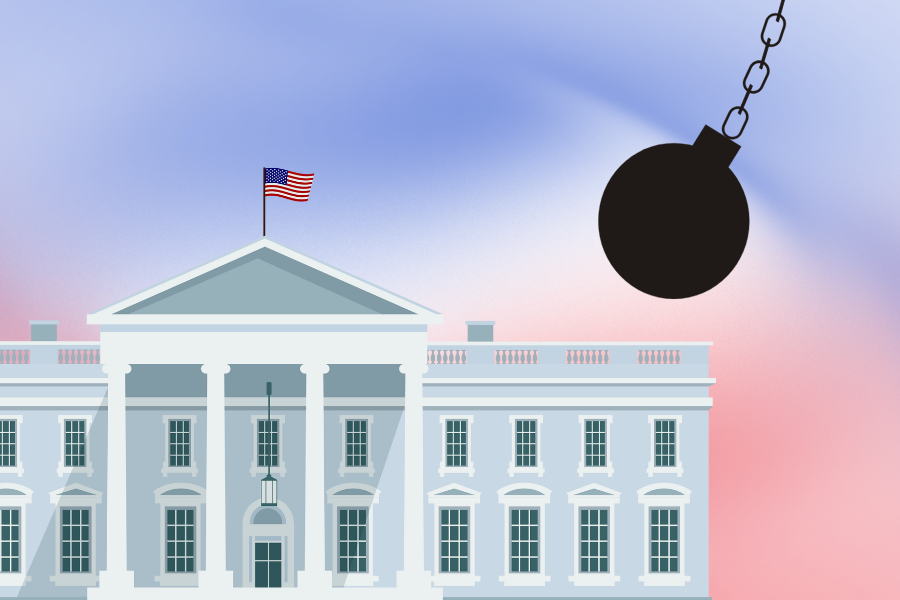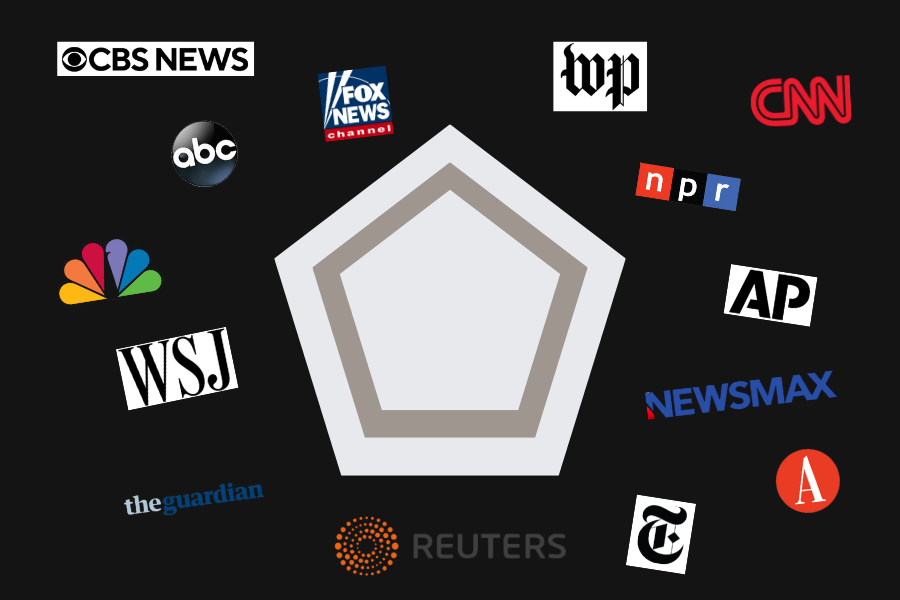As of 2025, the price to buy a subscription to the New York Times is $1.50 a week or $78 a year. This price may seem small to some, but to others, this could be considered a large — and unnecessary purchase.
These costs are fairly standard across publishing companies, yet they raise an important question: why are readers being asked to pay so much for access to information that arguably should be free?
The answer isn’t simple. Journalism has undergone a profound transformation in the digital age. Traditional revenue streams such as print advertising and classifieds have collapsed, forcing outlets to rely on digital subscriptions as a survival mechanism.
Well, is there a reason for this increase?
In 2024, the Los Angeles Times laid off 115 people — that’s more than 20% of its employees. This is the grimmest example of all publishing companies, but it’s true across the board — with job losses across platforms like digital, print and video growing to 50% as of 2023.
Aren’t there places where people can get access to free information? Places like PBS and NPR?
As of March 26, 2025, the government rescinded 9 billion dollars in allocated funds — this cut affected NPR as well as PBS. Both of which have historically filled this role, providing trustworthy information without paywalls across the country. This raises a troubling issue: if outlets committed to free and open access struggle to survive, how will the public gain access to information that is now locked behind fees?
The dilemma is clear. Paywalls protect journalism, they allow the industry to stay alive. But paywalls also create barriers that leave many citizens excluded. If a free press is the cornerstone of democracy, what happens when access to reliable news becomes a privilege rather than a right? The scale of these challenges is becoming clearer. In 2024 alone, nearly 15,000 media jobs were eliminated across the U.S. — and many major outlets such as The Washington Post shrank their staff by 4 percent in early 2025. Even public media is now under siege: budget cuts and funding rescissions threaten their ability to maintain national and local services.
Paywalls have become a widely adopted model. Some publishers are experimenting with more flexible versions. These versions: metered walls, partial free content, or premium tiers, to try to strike a balance between revenue and reach. Researchers who study reader behavior find that many people who subscribe do so out of a desire to “support journalism”. It’s not just for themselves, but for the public good and to keep these jobs alive. Yet for those who can’t or won’t pay, the result may be a two-tiered system, with well informed citizens behind a paywall, and the rest left to less reliable sources.
Is there another way? Could a hybrid model supported by philanthropies, civic funding or governmental grants preserve free access to essential journalism while still compensating reporters?
Some countries subsidize public-interest journalism and some nonprofits are trying “donate what you can” models. But these approaches come with trade-offs — independence, stability, and scale are harder to guarantee than with subscription revenue.
The question is only just financial, but moral: should access to truth and accountability depend on one’s ability to pay? If we allow journalism to retreat behind locked doors, what good will that provide to our society?








